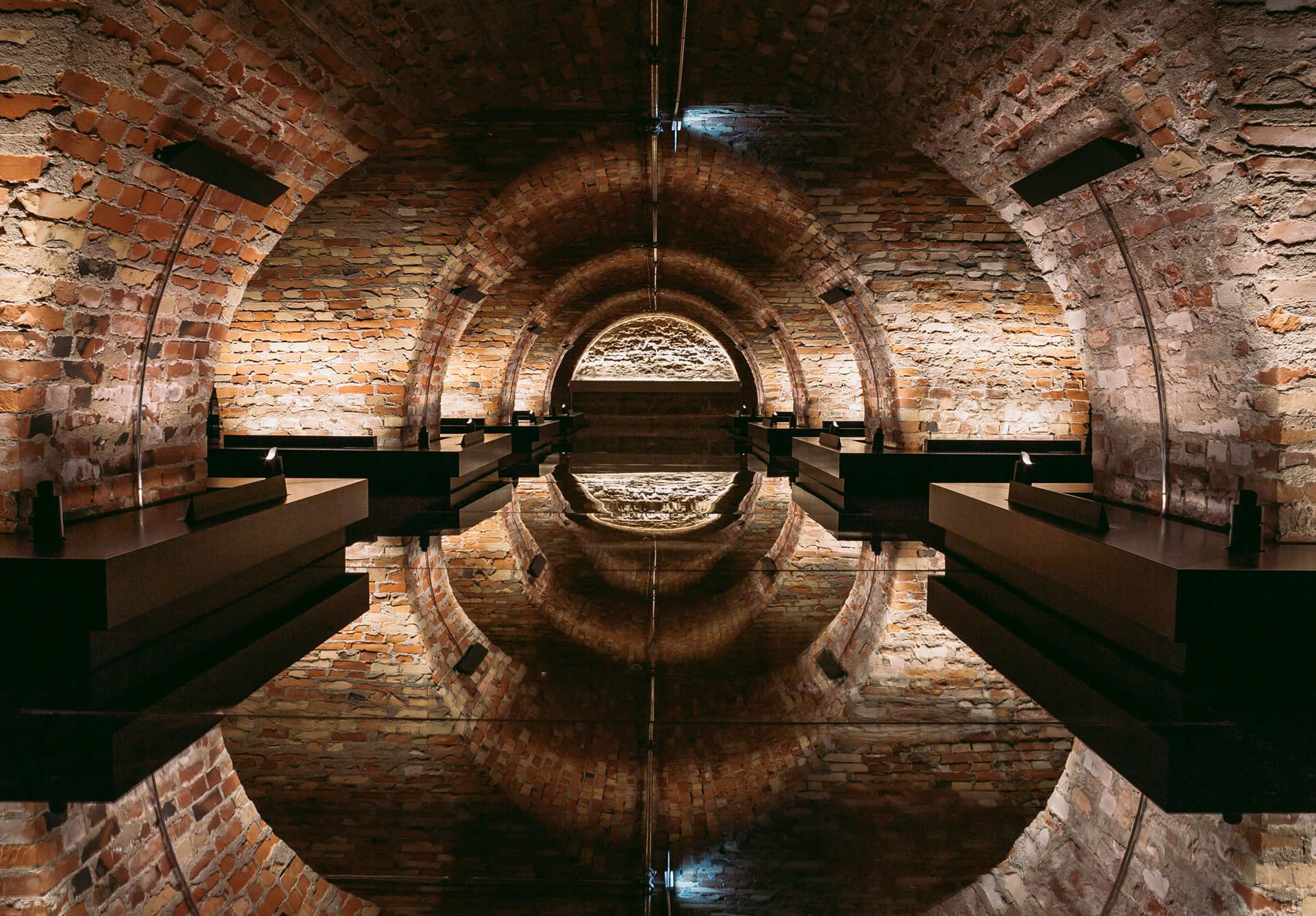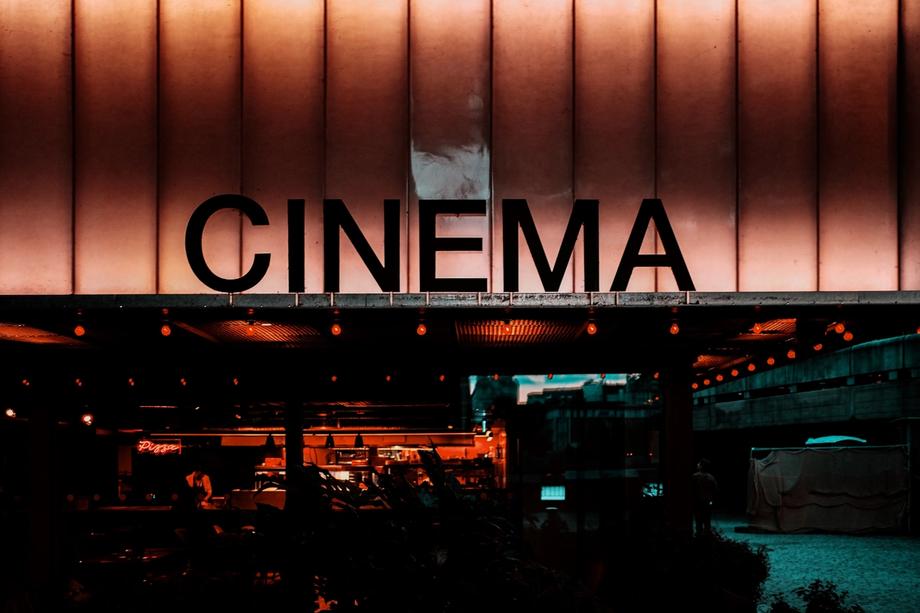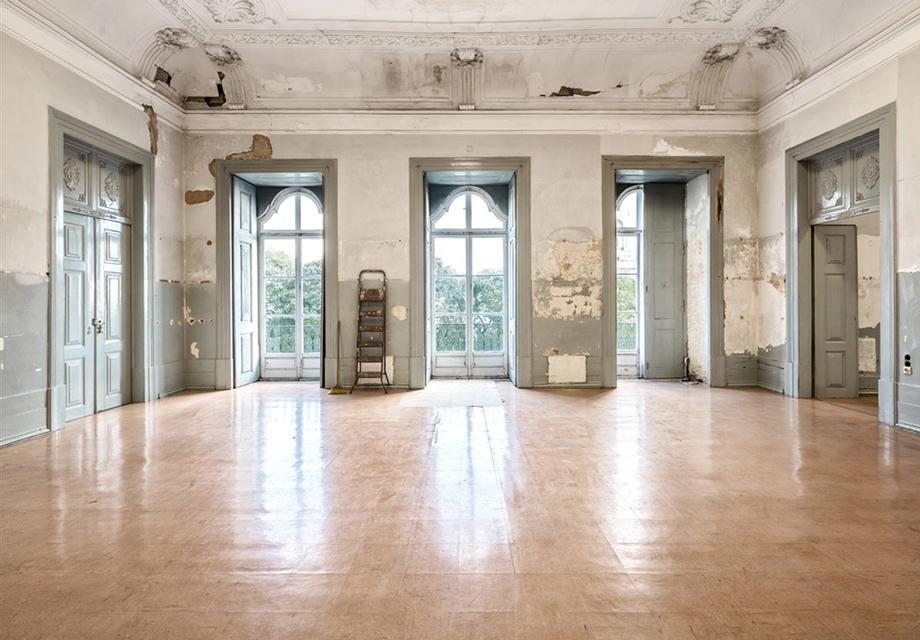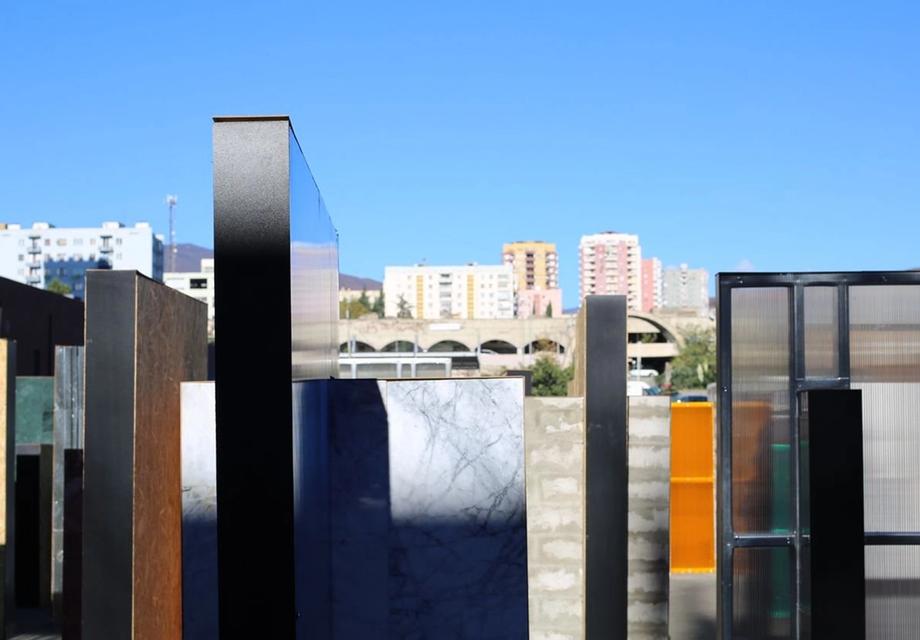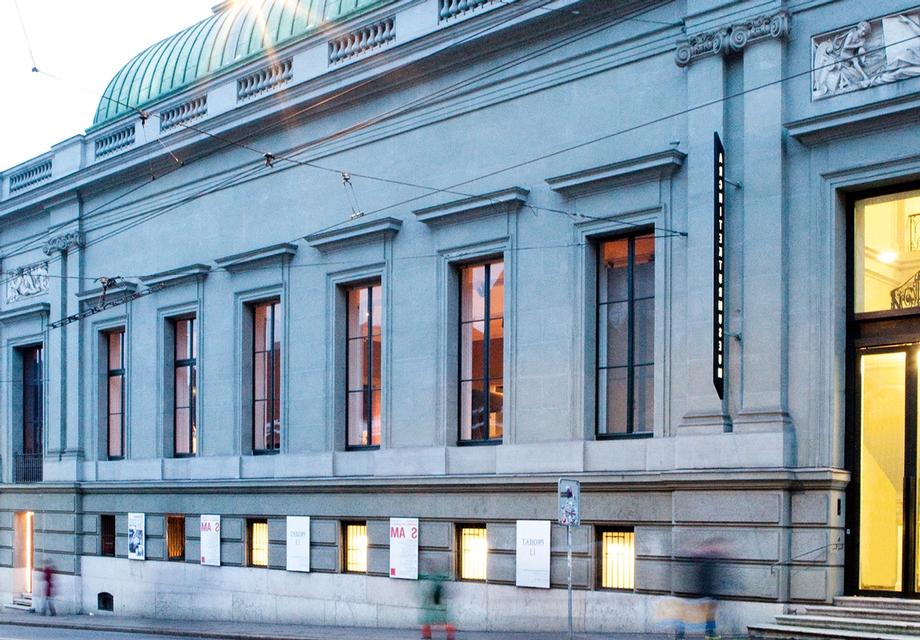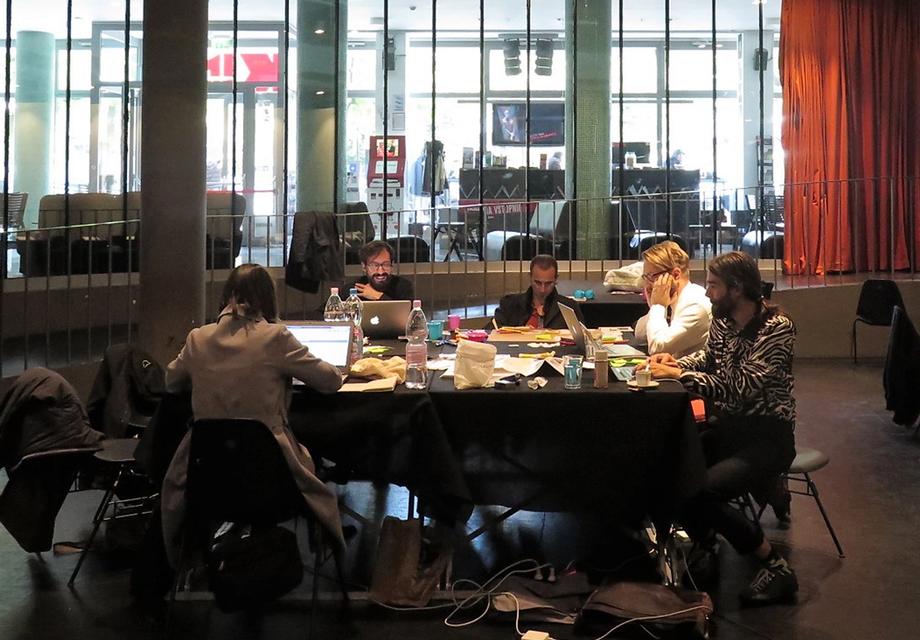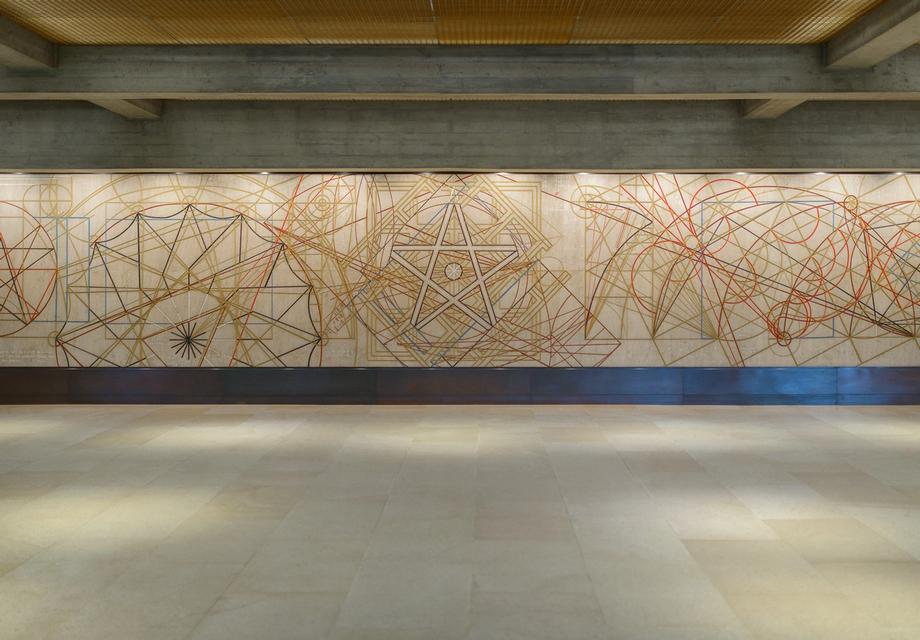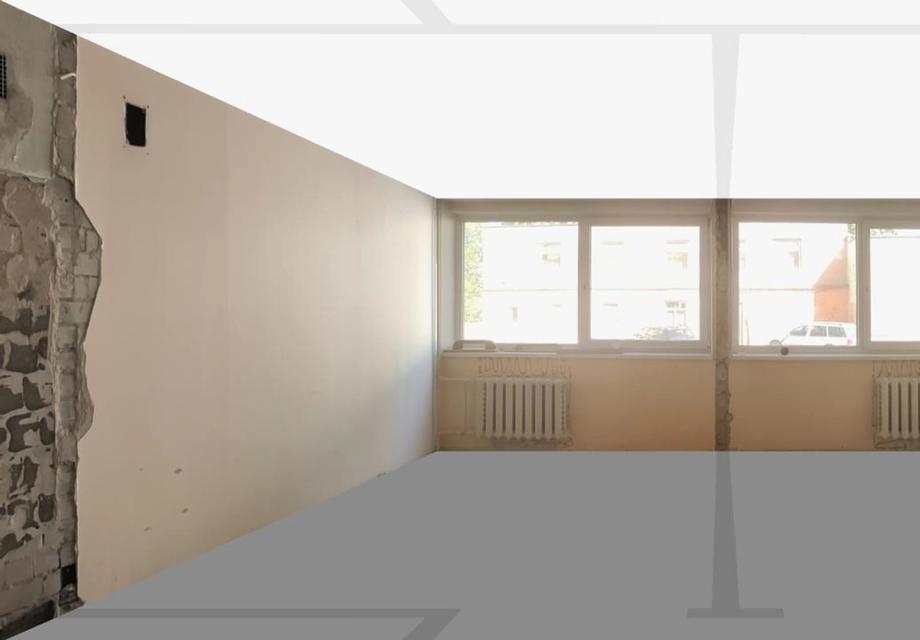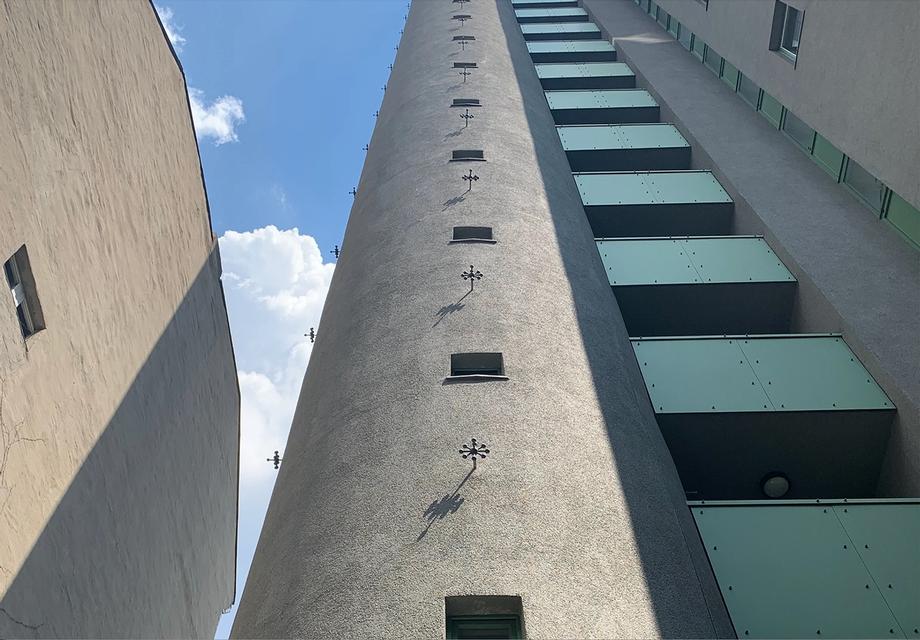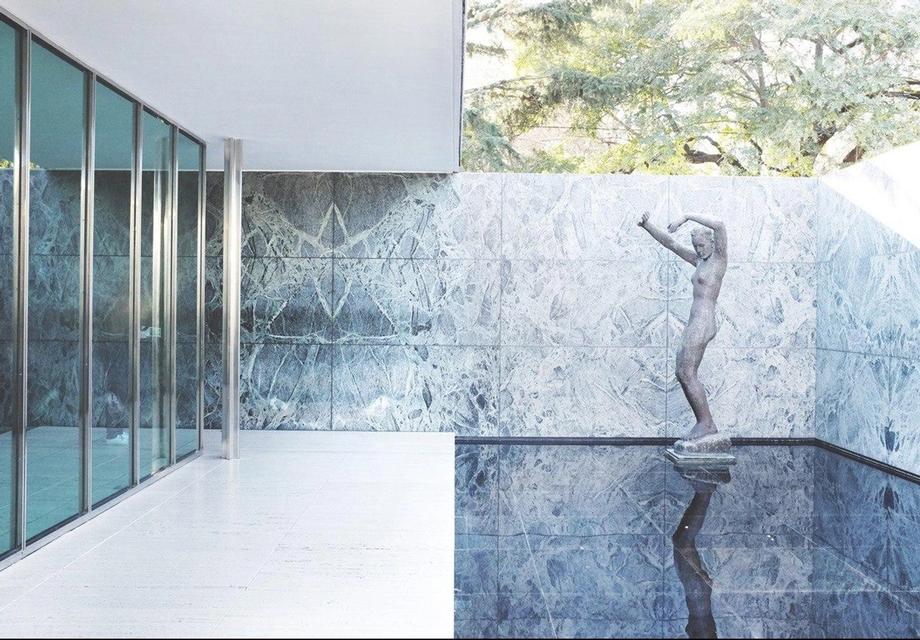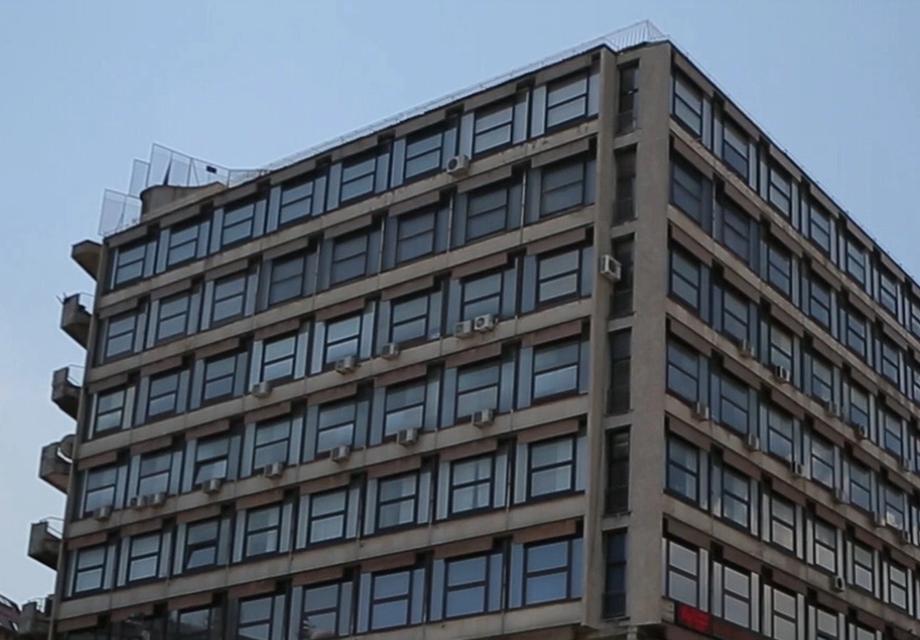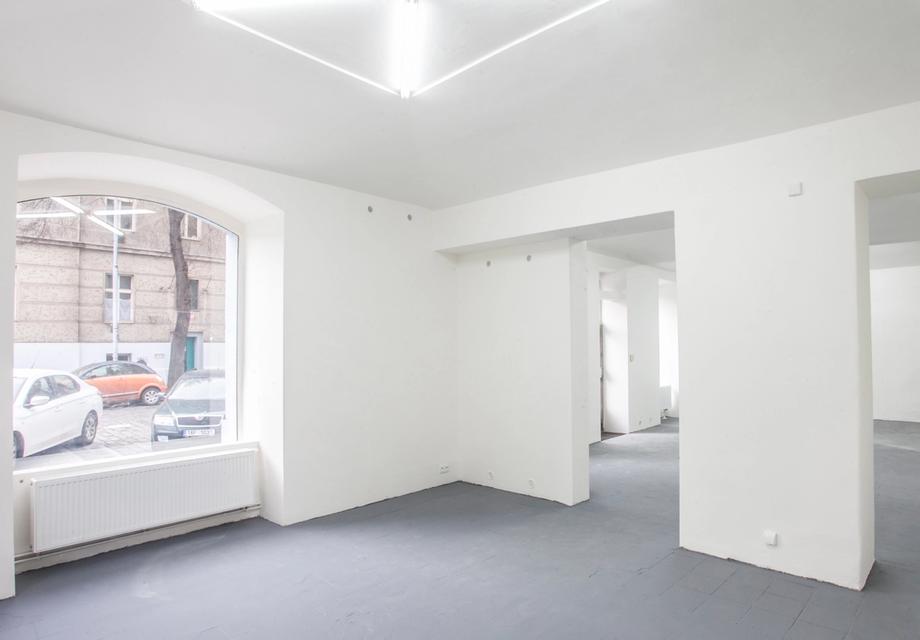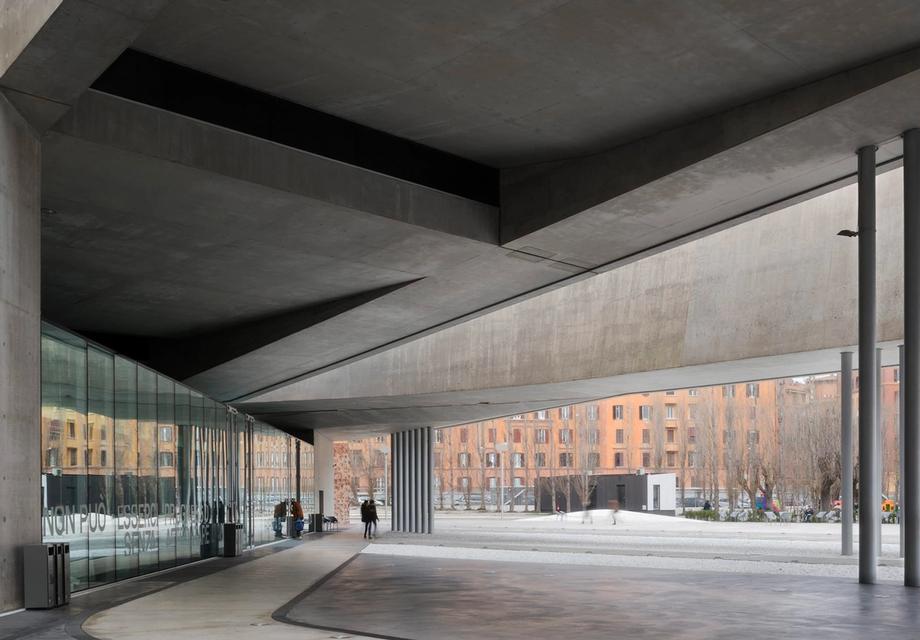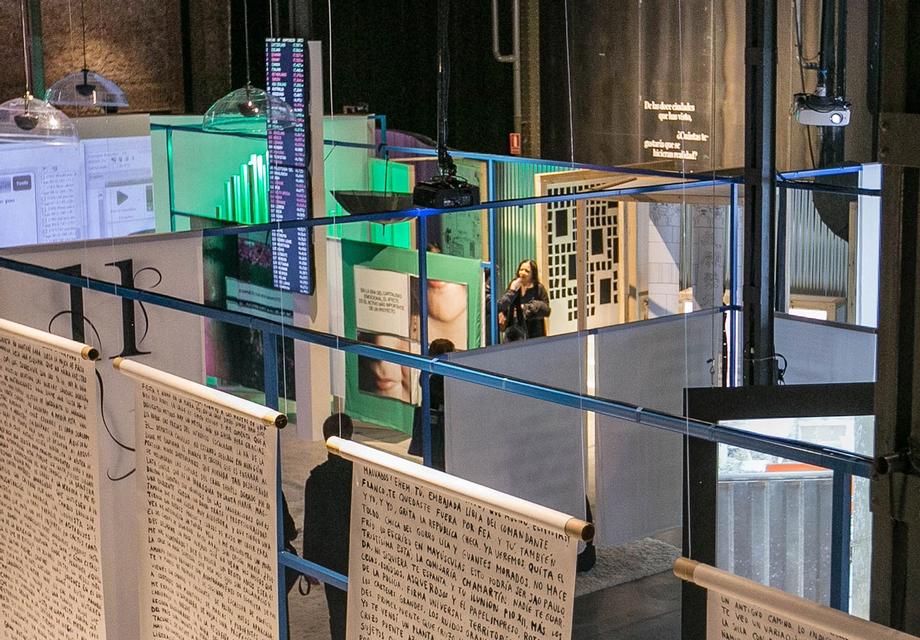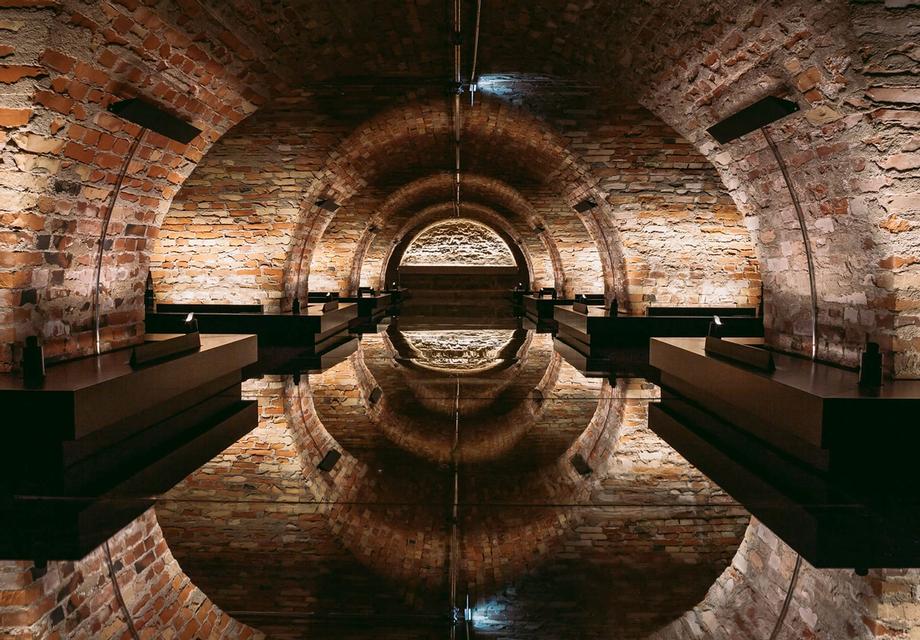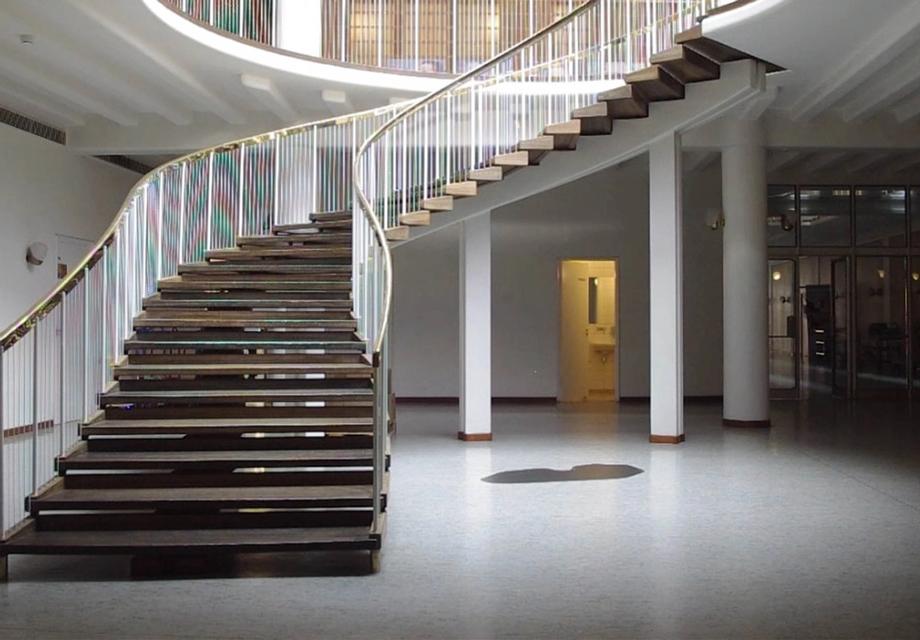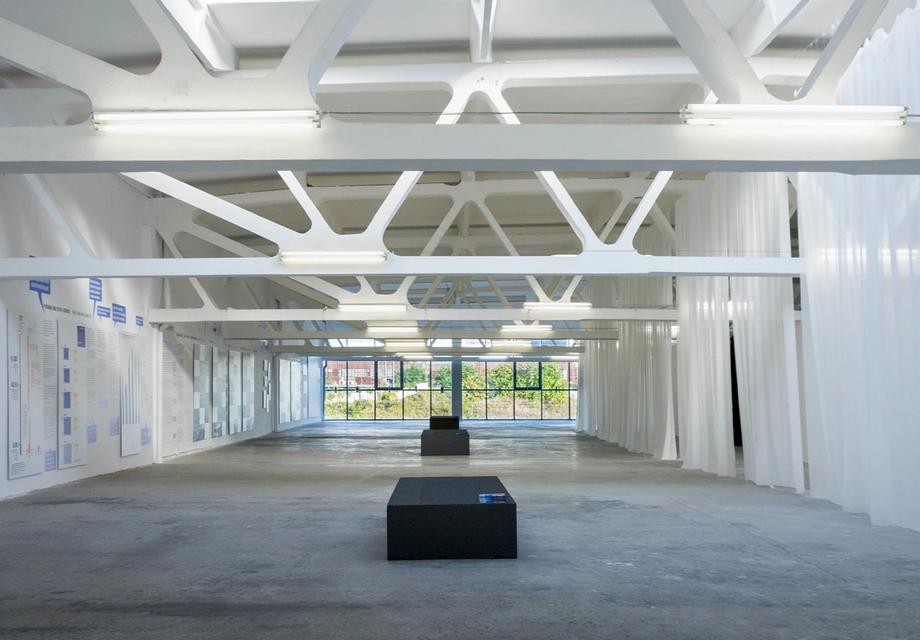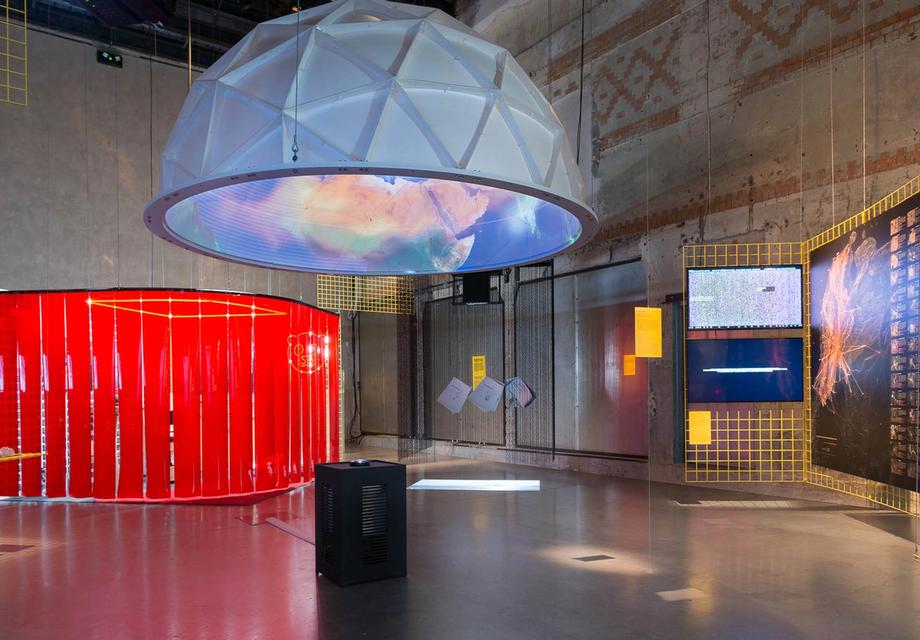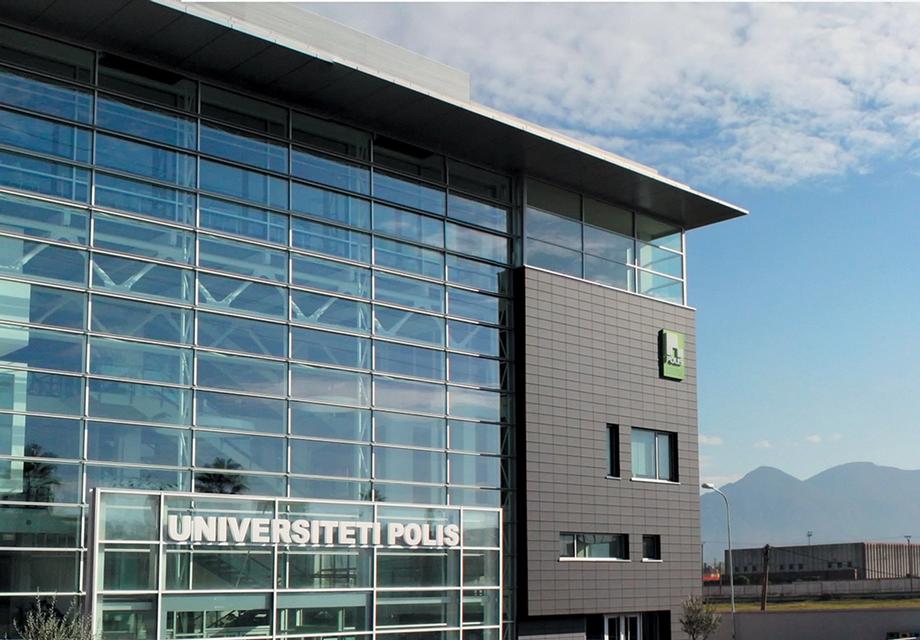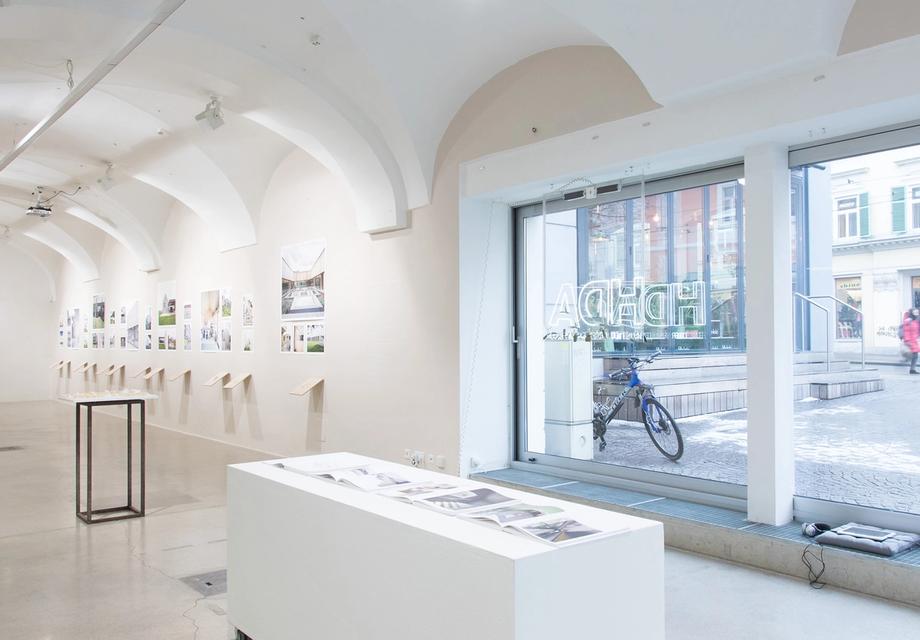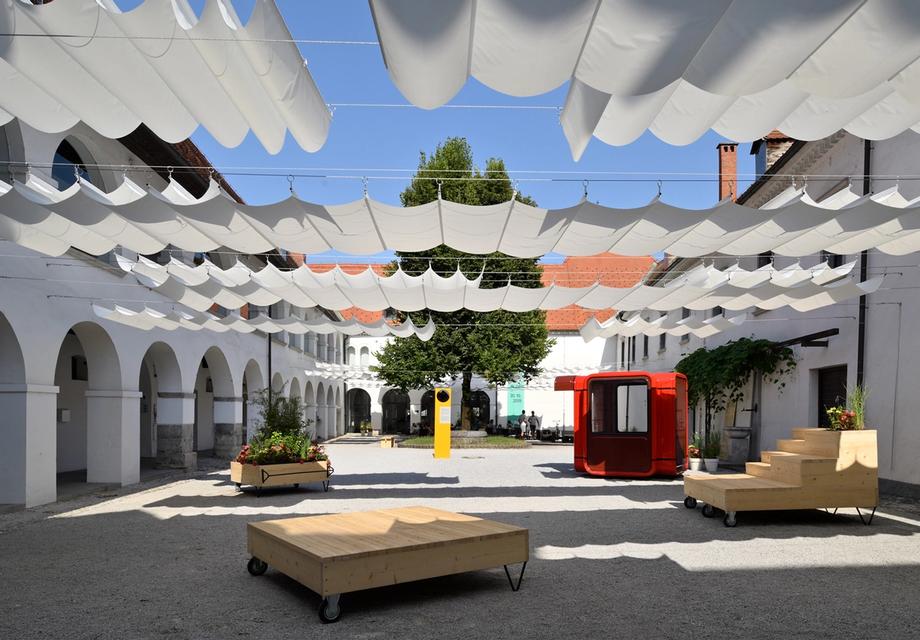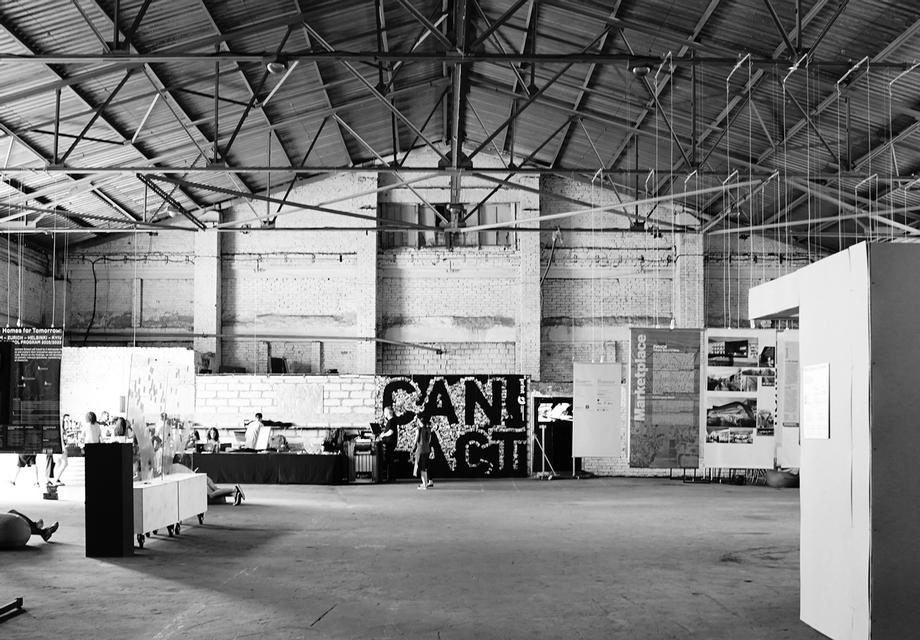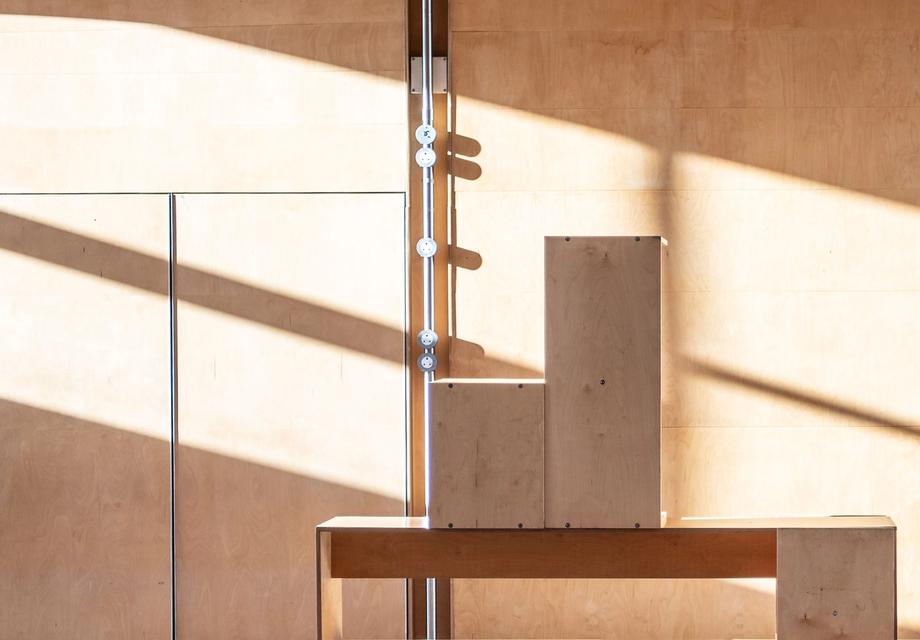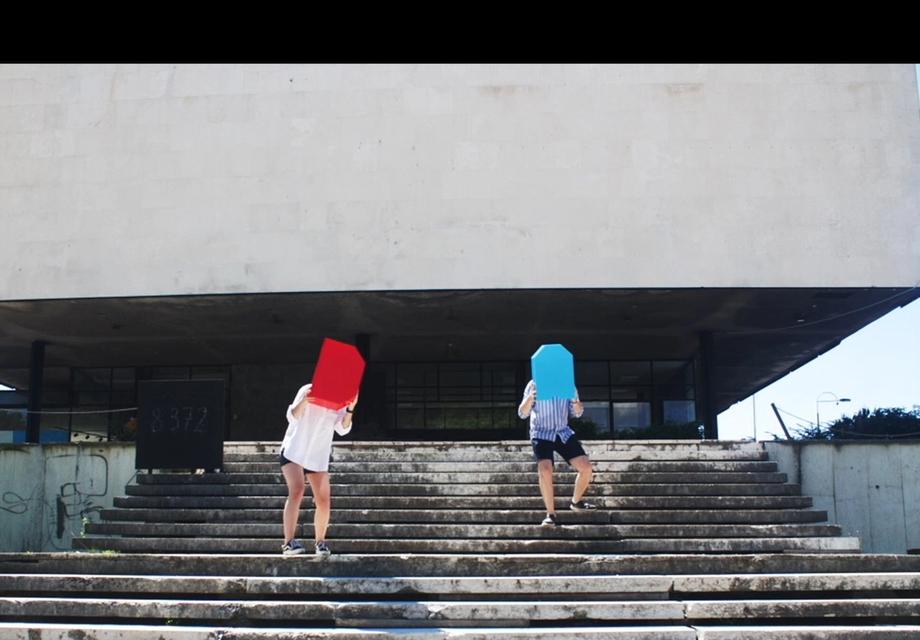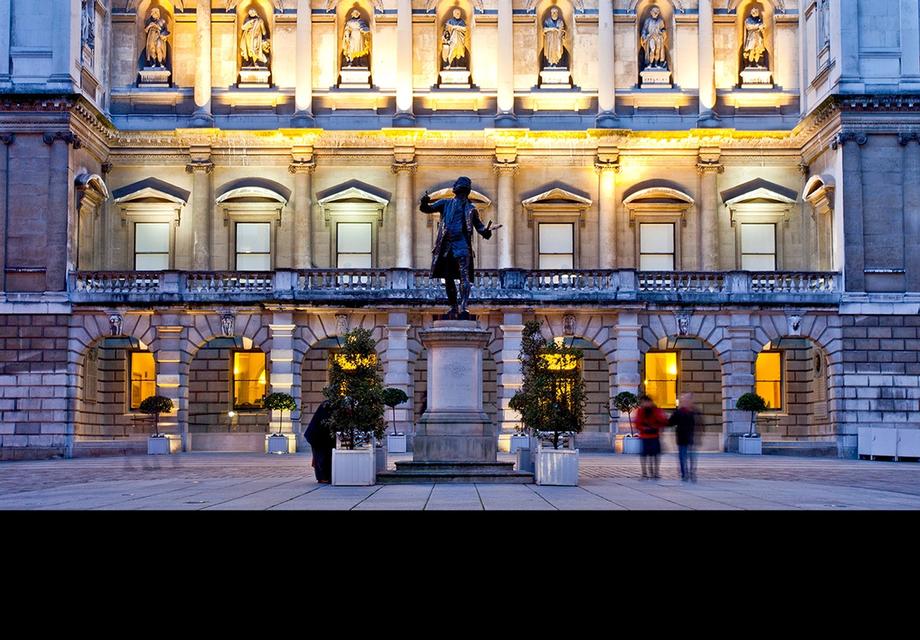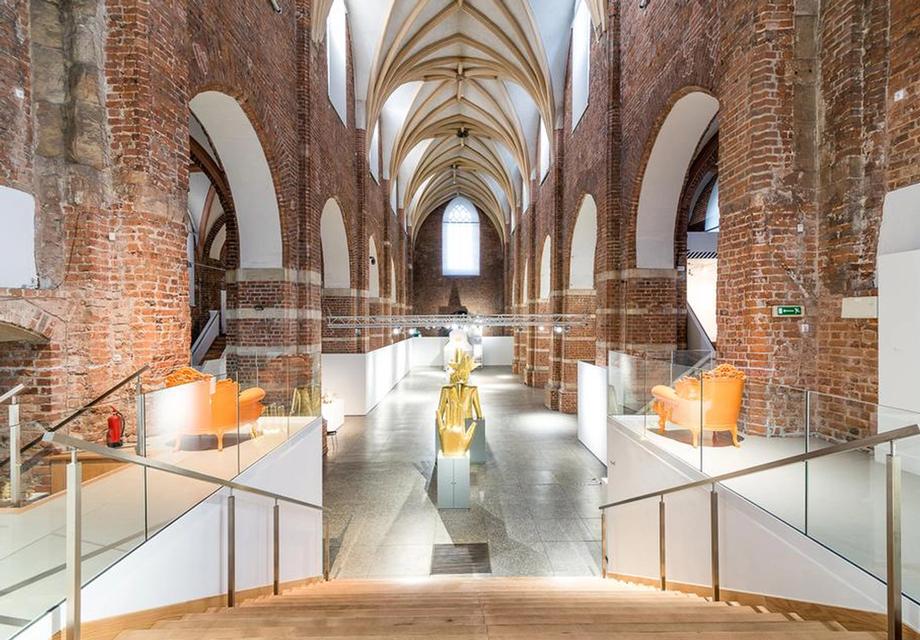Why is important to have a museum of architecture?
Triin Ojari gives a tour in the Estonian Museum of Architecture showing the different museum spaces both public ones and the ones behind closed doors. She discusses the role of the museum in the institutional field of architecture as a caretaker, as a platform for communication between professional discourse and a wider audience who has to maintain the critical eye and sensitivity to architecture's local context. Why is it important to have a museum of architecture? What is it so special about Estonian architecture? Sille Pihlak, practicing architect and curator of the Open Lectures series at the Estonian Academy of Arts shares her favorite keywords that define the essence of local architecture while touring in the permanent collection of the architecture museum.
Director: Maris Kerge
Cinematographer: Aivo Rannik
Editor: Mihkel Oksmann
Cast: Triin Ojari and Sille Pihlak
© 2020 Estonian Museum of Architecture
The Museum of Estonian Architecture was founded in 1991, and like the majority of architectural museums in the world, it focuses on collecting, researching and displaying 20th century and contemporary architecture. Since 1996, its permanent home has been the historical building of the Rotermann Salt Storage – one of Tallinn’s most outstanding examples of industrial architecture. The museum presents the permanent exhibition “Space in Motion. A Century of Estonian Architecture” (2017) based on the museum’s extensive model collection, as well as more than ten temporary exhibitions per year. The museum’s broad range of activities target professionals, but also those members of the public with an interest in architecture; special attention is paid to our programmes for children. The Museum possesses a good archive of drawings and design projects from the 1920s and 1930s as well as from the Soviet period, and also a photographic archive and a collection of models. Since we live in an era of rapid change, we have an obligation to analyze and acquaint the general public with today’s living environment, which requires active engagement in both the present and the past.
